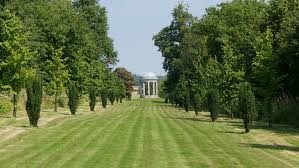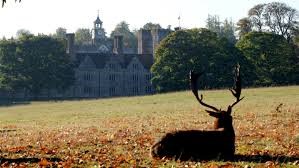One of the largest owners and Guardian of the landscape in this country and the grounds of its many country houses falls to that of the National Trust. This is a charitable organisation that relies in the influx of members to ensure that it is able to look after its historic places for the benefit of all over the years. It was started by a trio of Victorian philanthropists who were extremely worried that the landscape of the United Kingdom was being consumed by the ever-expanding factories and mines of the industrial area. The three began to formulate a charity or trust that would make sure that at least some of the green space of Britain would not be turned into sites devoted just to industry. It was also the idea that the workers in those factories and offices would then a have some space to experience nature and be able to escape to some incredible Green spaces. However, as society changed the remit of the Trust grew to start to protect stately homes as the cost of their upkeep became to much for the Aristocratic families to support. The Trust would take over the House and grounds or in some cases just the grounds on their own as the house took on another use, such as at Prior park in Bath and Stowe where they became schools. The cost of this ground maintenance is huge and if you should be in need of a similar service you don’t need to use the National Trust. A Grounds Maintenance Gloucestershire firm at http://gloucestershiregroundsmaintenance.co.uk/services/grounds-maintenance/ can offer a you the chance to maintain the grounds up to a high standard.

As the Trust grew it found that it was becoming the go to authority for anyone looking to leave their home to the benefit of others. This created a series of issues for the Trust as they were not able to take on all of the projects that were being offered to them. They had successfully resisted being taken over by the UK Government arguing that it was better to stay as a charity and operate on an apolitical frontage rather than be subject to the whims of what ever political party was in charge. This solved a major headache for successive governments because the matter of Britain’s perceived heritage of the stately home was becoming a thorny issue in the press and public pressure was growing to protect them and preserve them if the upper classes could not do it any longer. Remember that many in the 1940’s and 1950’s would have had a family link to the “big house” and many of their relations would have served or worked in the grounds.

The Trust now stands at over 5 million members and is one of the biggest charities in the country.

